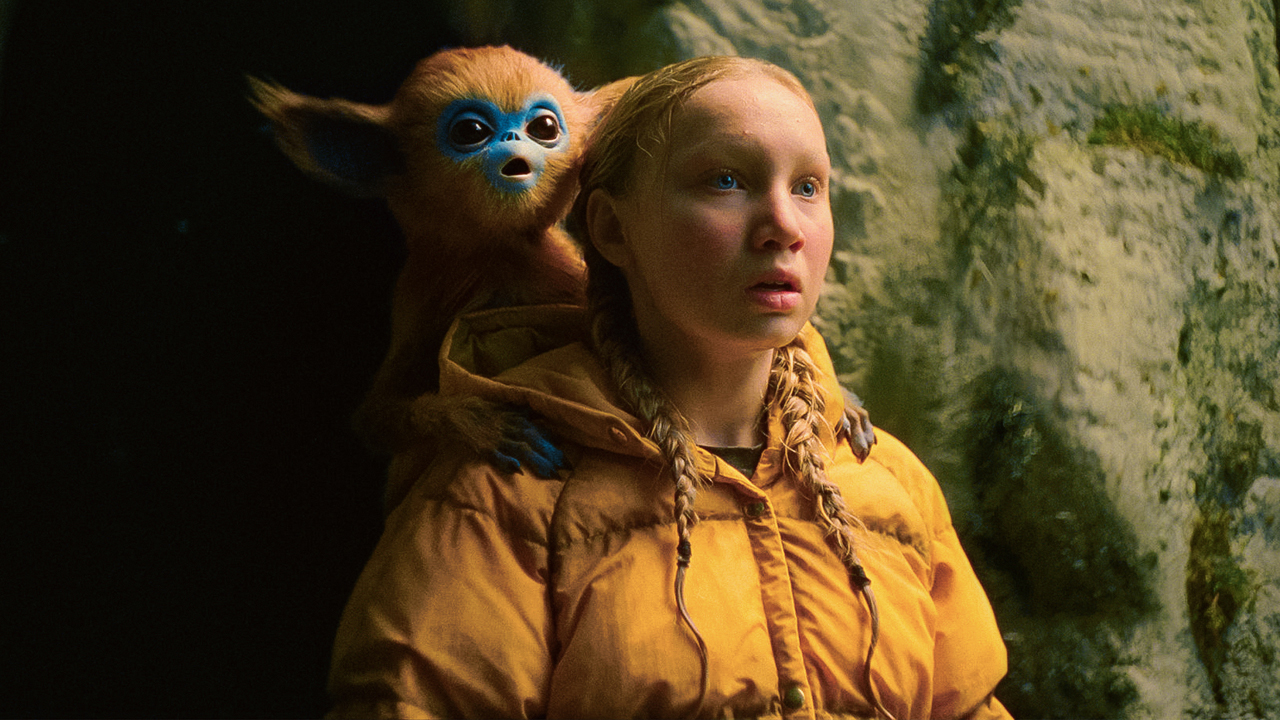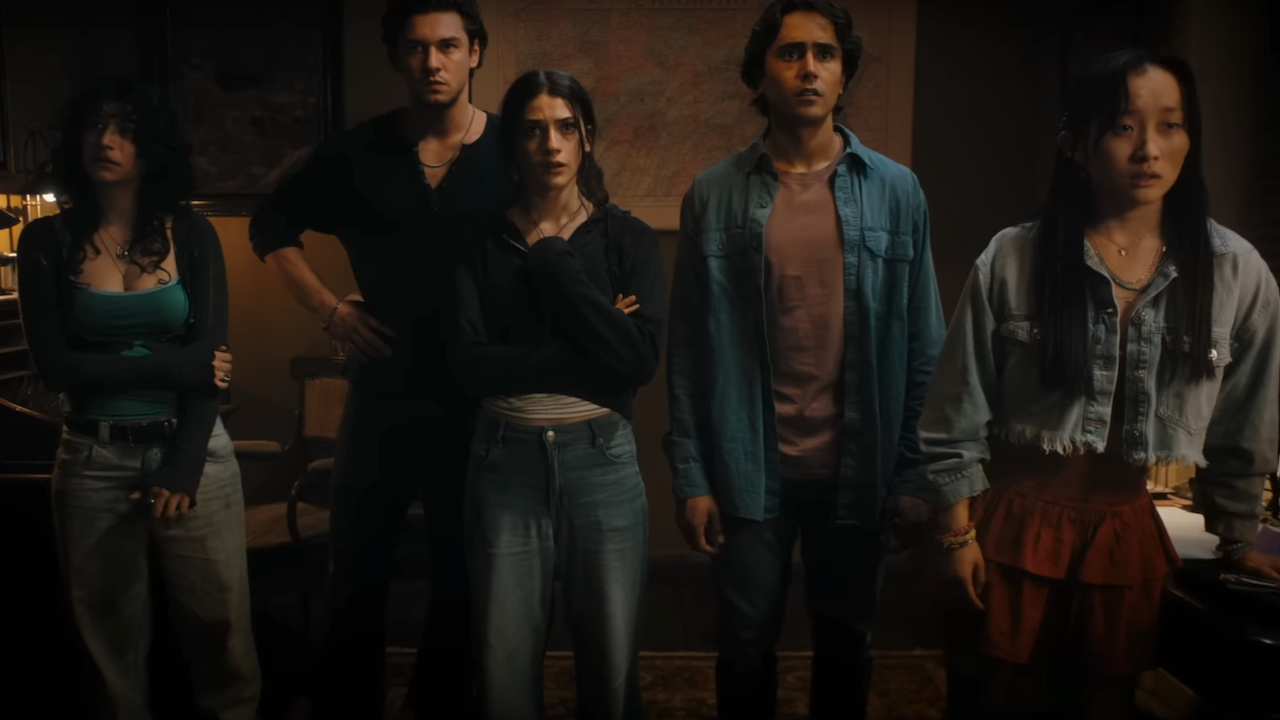5 Things To Be Thankful For This Gaming Generation
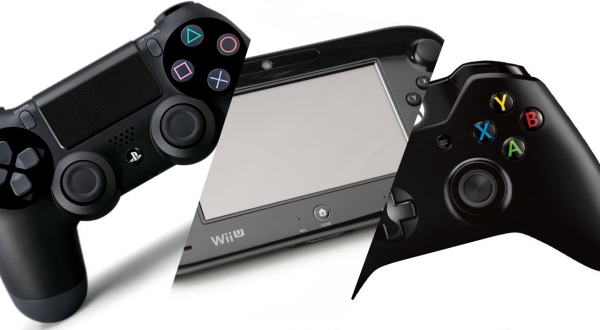
We're a year into the Xbox One and PS4 launching and more than two years into the lifespan of the Wii U. So I imagine there are some gamers who are most certainly thankful for some of the new features that these consoles have brought with them.
If you can't think of anything to be thankful for, no worries. Here at Gaming Blend we came up with a list of things we're thankful for in this eighth generation of home gaming. Check it out and see if these are features that helped make your gaming life that much better.
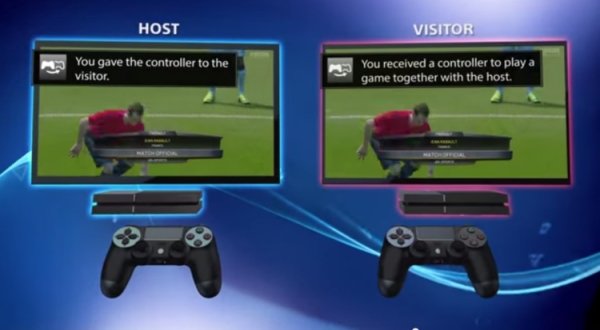
Share Play
It took Sony about a year to deliver on the promise of a Share Play feature for the PlayStation 4, but they ended up delivering in a big way. One of the extravagant features revealed way back when the new console was first announced, it was starting to seem like Share Play was one of those notorious instances of promising something that would never actually get delivered.
Color everyone surprised, then, when the feature was finally added in November of 2014 and, so long as both parties have a decent internet connection and the game’s publisher hasn’t decided to lock out the functionality (Like with the latest Call of Duty, for instance.), it actually works better than anticipated.
Not only can players hand off control of their game to a friend or casual viewer through the internet, but you can also invite an online friend to jump in for cooperative or competitive sessions in a game that doesn’t typically offer online play. It’s a pretty rad feature, making it easier to play with friends than ever before or find someone to help you get past a tricky boss without actually being in the same room.
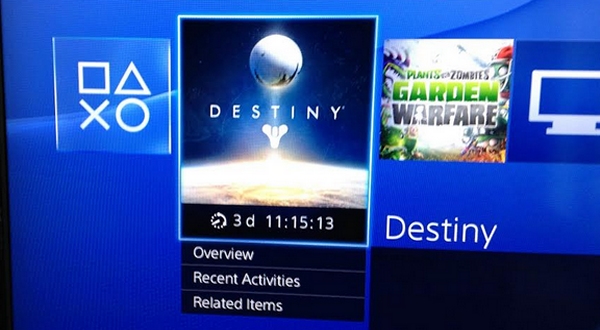
Pre-Loading
CINEMABLEND NEWSLETTER
Your Daily Blend of Entertainment News
Digital distribution became all the rage during the last generation, giving gamers an opportunity to purchase and download their favorite titles without ever having to put on pants and head to the local shop. But since the patience of a modern gamer can only be measured in nanoseconds, it turns out that having to wait for a game to download was proving frustrating for some.
Since modern games can take up to 50 GB apiece and everyone tends to log on at midnight to download the latest hotness, that means that you could be waiting until deep into launch day before your downloaded version of a game was actually ready to play.
Pre-loading became a very rare option late in the previous console life cycle and, in this new generation, has evolved into a common practice. Basically, it means that your new game can begin downloading well before the midnight release so, once both of those clock hands land on 12, you’re ready to start playing without having to wait a moment longer. Yep, that’s pretty dang convenient.
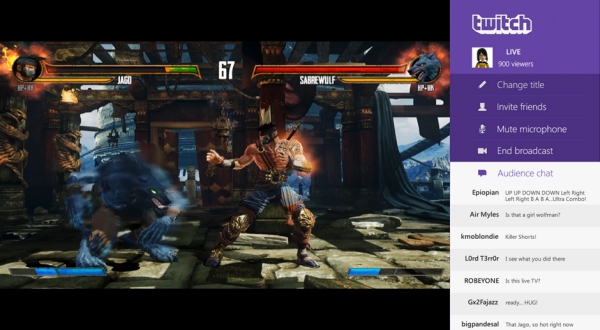
Streaming
Streaming gameplay isn’t exactly a new concept but, once again, this new generation of consoles has taken something that many folks were already doing and simply made it much, much easier to plug into your regular gaming routine.
Both the PlayStation 4 and Xbox One offer streaming capabilities for services like Twitch and Ustream. As a conscientious shopper, gameplay streaming is also one of the best ways to check out a game before making a purchase. Say you’re interested in that new Assassin’s Creed title but, after reading several reviews, you still don’t know if the game is right for you. Now you can just pop onto a streaming channel (or a dozen) directly from your console and watch people play the game for a while.
Have a question? Ask the person playing and get a direct response. Coupled with that Share Play feature we were talking about earlier, you might even find someone willing to let you take the controls for an hour, just to make sure you dig the game before dropping 60 bucks on it. In an age where games cost a pretty penny and so many are coming out at once, that’s certainly a nifty feature to be thankful for.

Indie Policies
One of the big game types that truly blossomed on home consoles throughout the seventh generation of gaming was independently made titles. These are games that are usually done on a smaller budget outside of publisher support. Indie titles have really helped shape the individual libraries of each game console.
However, just because there's been a lot of unique indies out there not all of them managed to get onto the home consoles with ease. During seventh-gen there were a ton of restrictions and hoops that indie devs had to jump through to get their game published on either the PS3 or Xbox 360, making it difficult for some teams with cool ideas to grow their original game concepts.
For eighth-gen gaming we've seen new policies from Sony, Nintendo and even Microsoft to make it easier than ever for smaller studios to get their games approved and published on home consoles. Not every policy is perfect, but this has certainly opened the door for a ton of unique games that otherwise never would made it on the consoles.
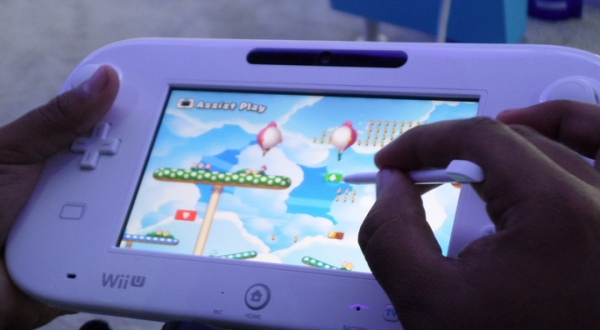
New Controllers
Not every controller is made equal and this is sometimes a good thing. For this generation of gaming we've seen a few new tweaks to old designs and some brand new additions to the traditional play methods. Sony, Microsoft and Nintendo have each offered something a little different from last gen.
Microsoft mostly played it safe as far as ancillary features go for the controller, opting mostly to just refine the analog precision and button design. Sony went a bit more ambitious, adding a touch-screen, speakers and the ability to interact with a stereo camera via the light-bar. It's every bit as technologically impressive as it sounds.
Nintendo went a step further, making the main controller for the Wii U a portable tablet of sorts that offers dual-screen play, including off-screen play so gamers can keep playing their games even when the TV is occupied by someone else. The Gamepad for the Wii U also supports NFC features and Amiibo compatibility, giving games and toy collectors a little bit of something extra to experience.
‘It’s Like Dick Van Dyke And David Beckham Had A Baby.’ Adam Levine Debuts New Hair For The Voice Playoffs, But What Color Is That?
NCIS: Origins Ended Season 1 With A Shocking Lala Twist. I Had To Know What It Means For Season 2
NCIS Delivered Its Biggest Shakeup To The LaRoche Storyline Yet, And It Came With Some Surprising Gibbs Throwbacks For McGee



